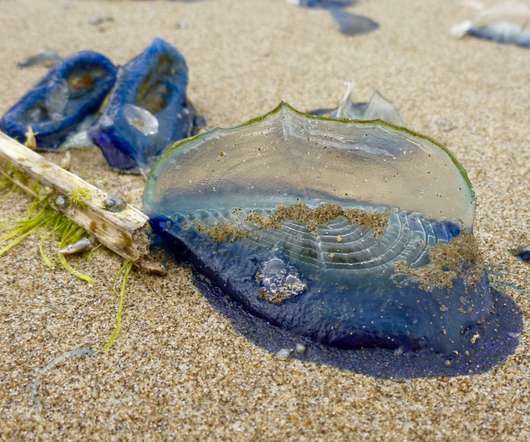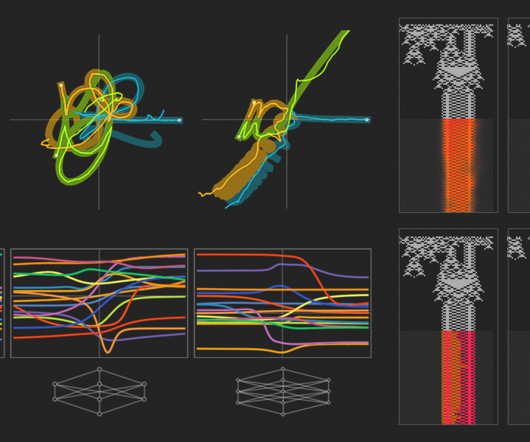How can place attachment improve scientific literacy?
Futurum
FEBRUARY 2, 2023
Ben and Julia used two social science research methods to gather data. Pathway from school to environmental geography • Ben recommends studying an undergraduate degree in Earth and environmental science, biology, chemistry or mathematics.











Let's personalize your content